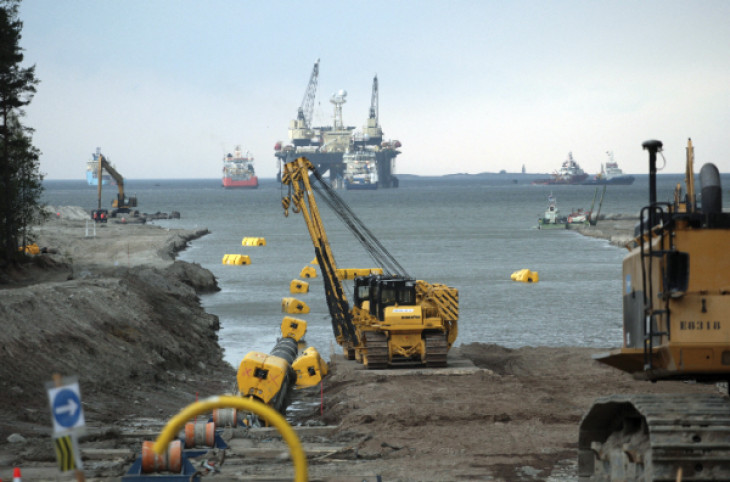BASSI - RIVA: SAIPEM CASE - MONITORING ENGINEERING ACTIVITIES

Descrizione
The target of the case:
introduce the Mentee to Saipem and, generally, to the Oil and Gas business;
introduce the Mentee to the area of Project Control;
introduce the Mentee to an EPCI contract;
provide the Mentee with a concrete case of monitoring and control activities (reports, work instructions, procedures, communication, mails, … ) to be applied to TAP contract;
analyze and discuss with the Mentor criticalities, issues and areas of improvement related to monitoring and control activities.
Tasks assigned to the Mentee:
perform a review of the case materials;
make a critical assessment of the case;
Identify main issues/criticalities related to the monitoring process of engineering activities.
Conclusioni
Assessment by Mentee: criticalities and issues
Criticality
Dashboard complexity / large number of information and data
Mitigation/remedial action
Introduce a narrative/preliminary section, making easier the systematic reading and leading to a quicker understanding of the problems/events/issues. The narrative section might include:
- an overall view of the development of the works;
- primary problems that arise in the time frame considered;
- the cause of the problem and the consequences it has led to;
- a solution provided by the engineers which can be considered efficient.
Criticality
Dashboard presents and highlights delay in the engineering activities, but there is no evidence of the main causes. Engineering delay might be the result of different events, mainly defined as:
- Internal inefficiency: the engineering team is in delay; it is dedicating time to other tasks/priorities or the time/resources required for deliverable development are not properly considered;
- External inefficiency: If Client/vendor does not provide the information needed, the engineering team cannot respect the deadlines agreed.
Mitigation/remedial action
Introduce a figure/data/indicator in order to give evidence and in order to distinguish internal inefficiency vs external inefficiency.
Criticality: Missing evidence and track of remedial action and follow-up.
Mitigation/remedial action: The delay/inefficiency can be solved through a mitigation/remedial action and an ongoing follow up of this mitigation/remedial action.
For example, in case of internal inefficiency, two solutions/actions can be found/proposed:
- Outsourcing of engineers/resources: in this way project can enhance the team and therefore try to solve the inefficiency showed previously;
- redistribute the workforce in project engineering team in order to give proper workload to teams and generate more efficiency.
Criticality: No evidence of delay impact on procurement and construction activities. If the engineering obstructs the purchase of a particular material, or the execution of construction activities, at the same time is is obstructing the whole project.
Mitigation/remedial action: Introduce a specific section in the dashboard in order to highlight possible impact on other project activities (mainly procurement and construction).
MENTOR Bassi Silvano
MENTEE Riva Giulia


